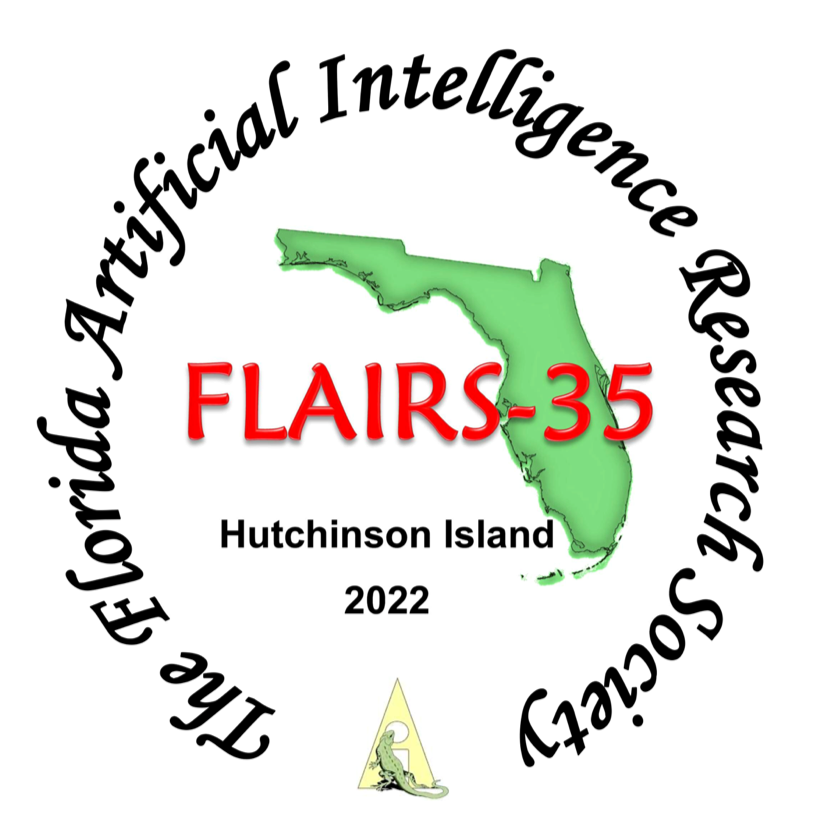Vehicle Traffic Estimation Using Deep Learning
DOI:
https://doi.org/10.32473/flairs.v35i.130724Keywords:
Traffic Estimation, Machine Learning, Image Processing, Weather Data, Calendar Data, CNN, LSTMAbstract
For commuters, vehicular traffic is an important planning concern. People have access to the weather forecast and the current traffic situation, but there is no application available to estimate traffic congestion and flow in the near future. Thus, we design and develop a machine learning approach which can predict vehicular traffic density and flowrate up to two days in the future based on the weather, calendar and special events data.
First, Convolutional Neural Network (CNN) and Long Short Term Memory (LSTM) networks are utilized to predict the number of new vehicles and the total number of vehicles in images captured by a Nova Scotia Webcams (NS Webcams) video camera. The best models provide a Mean Absolute Percentage Error (MAPE) of 20.38% for the number of new vehicles and 18.56% for the total number of vehicles. These values are used to estimate traffic flowrate and density for hourly records over a three-month period.
The hourly traffic data is combined with observed and forecasted weather data, and special event data to create a time series data. A Multiple Task Learning (MTL) - LSTM model is trained and tested using these data and a K-fold cross-validation approach. The Mean Absolute Error (MAE) and MAPE are used to evaluate the model performance. The MTL-LSTM model achieves a MAPE of 19.35% and 27.50% for flowrate and density using observed weather data, respectively. In the case of forecasted weather data, the MAPE for flowrate and density increases to 20.51% and 31.10%, respectively.
Downloads
Published
How to Cite
Issue
Section
License
Copyright (c) 2022 Meetkumar Patel, Daniel Silver

This work is licensed under a Creative Commons Attribution-NonCommercial 4.0 International License.


